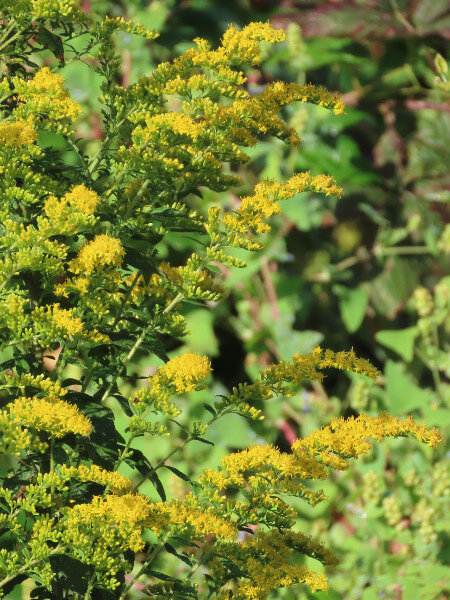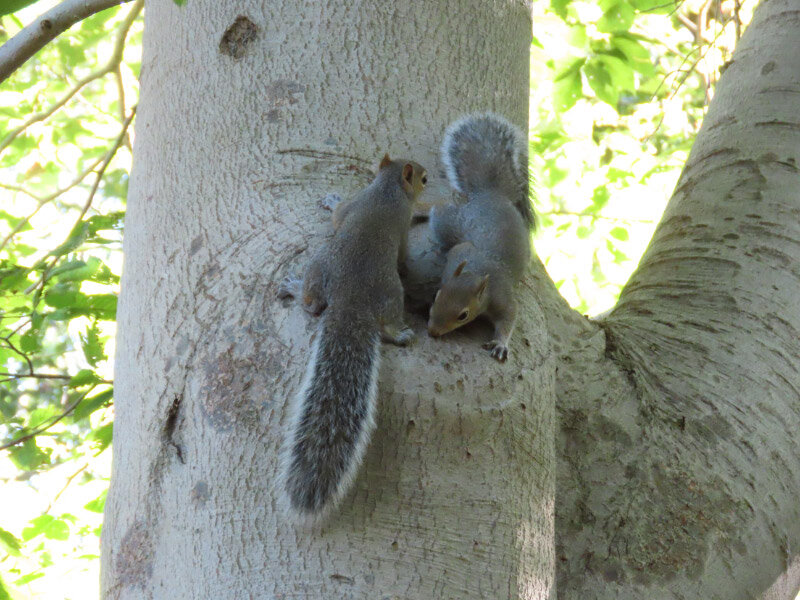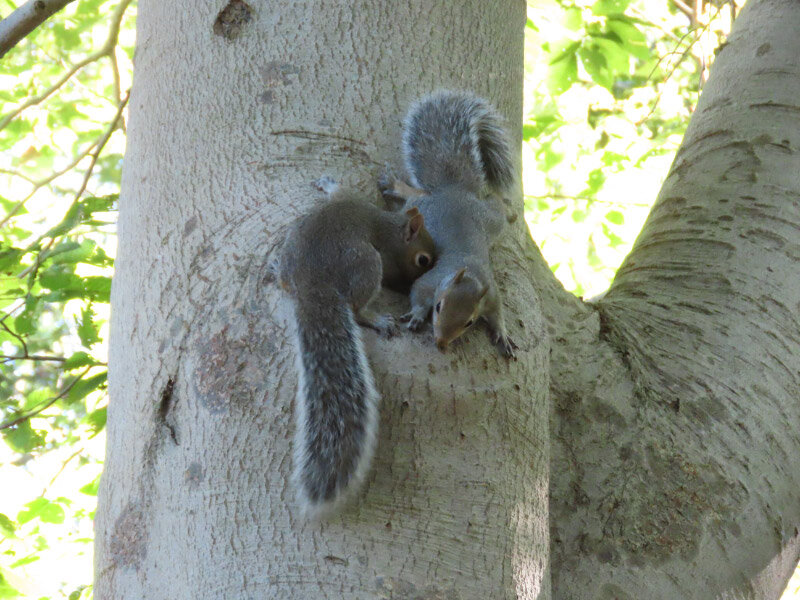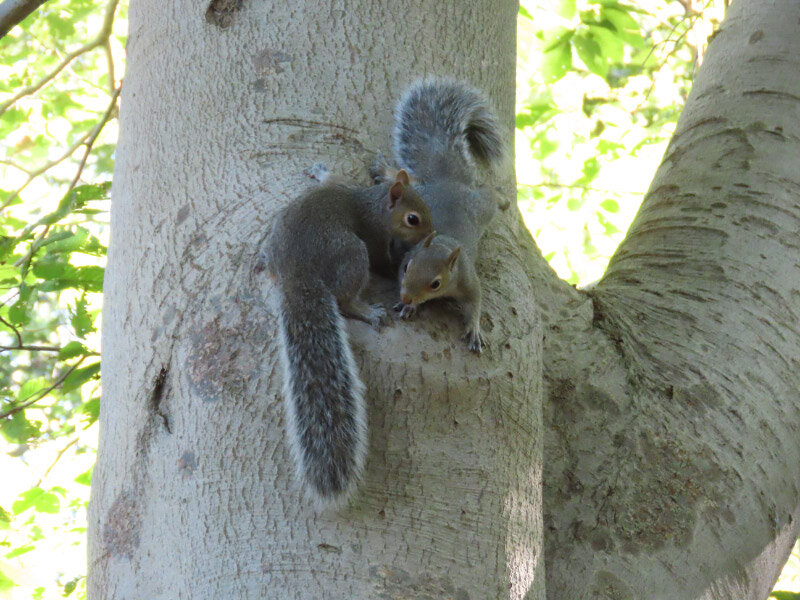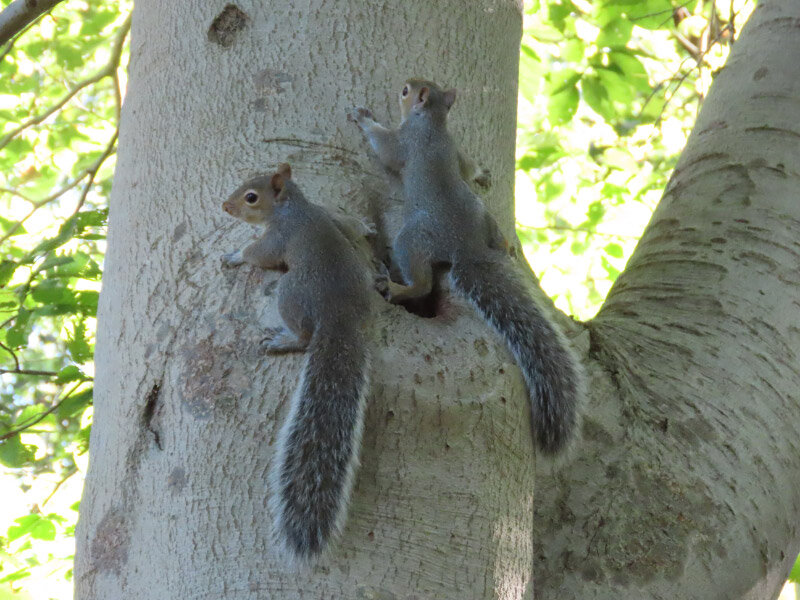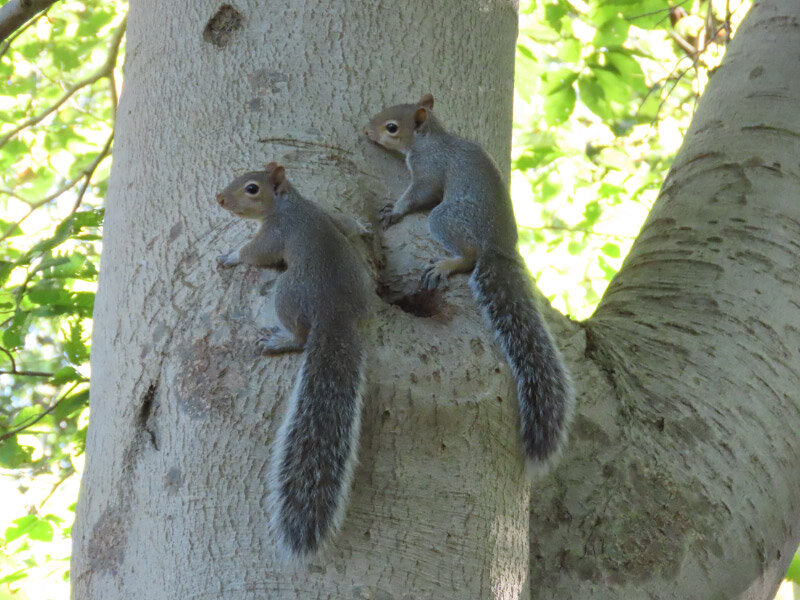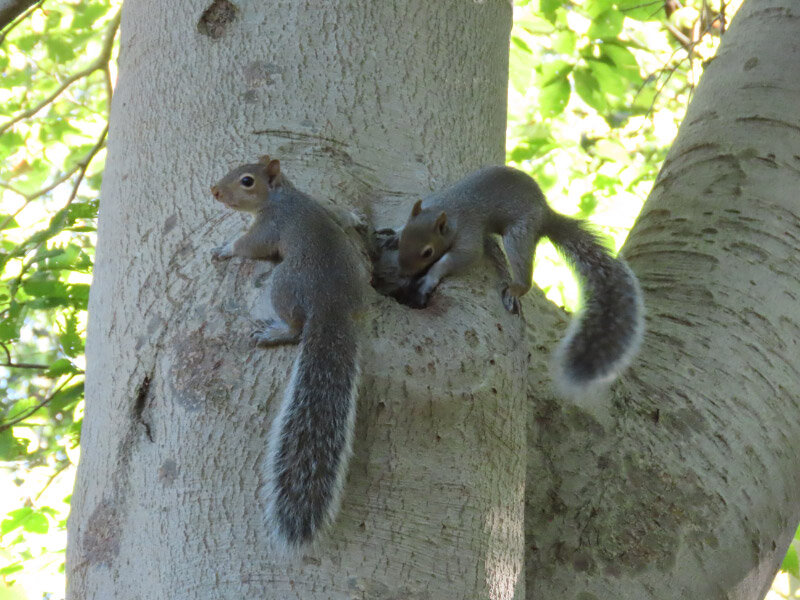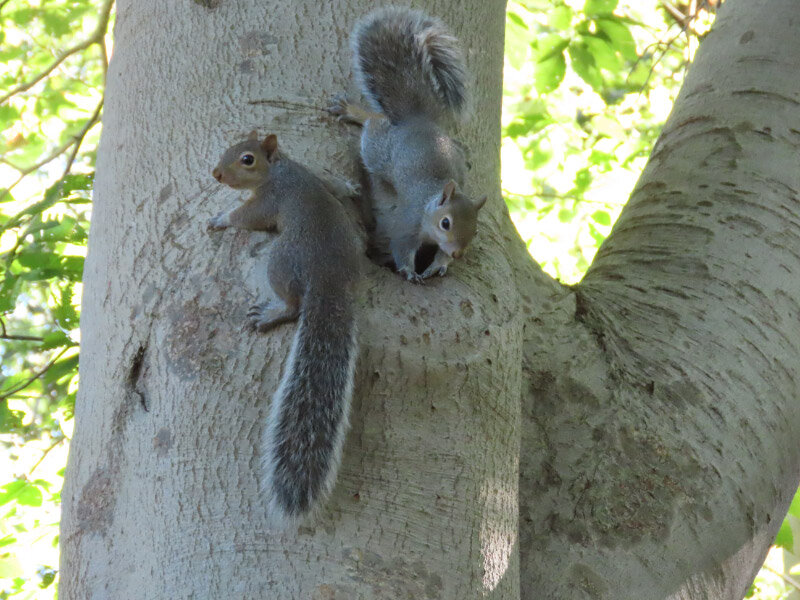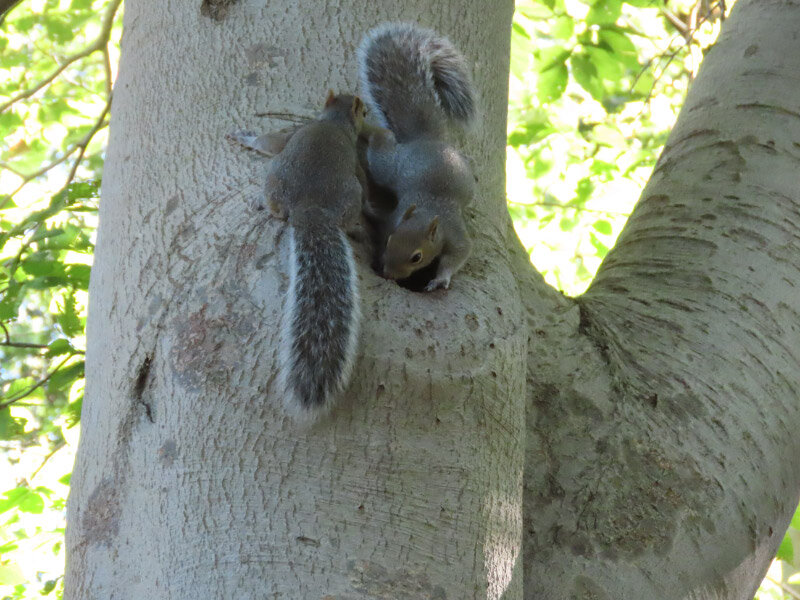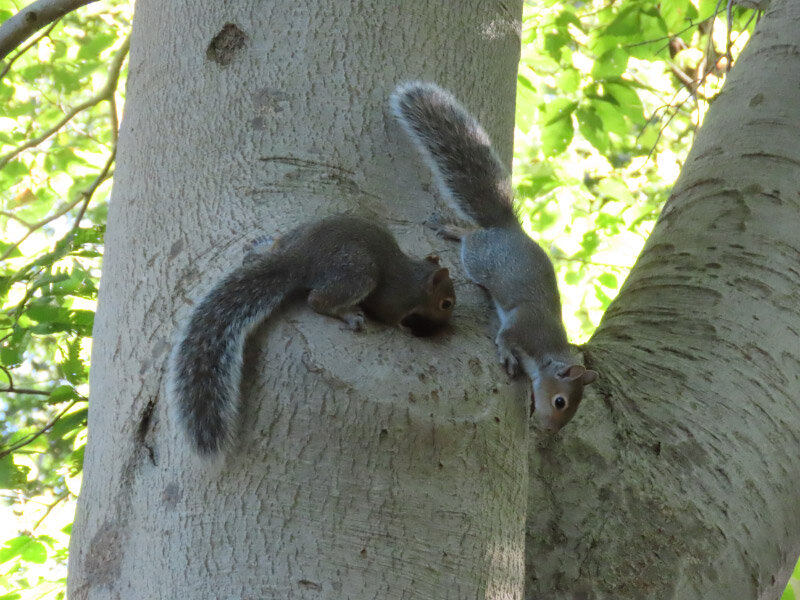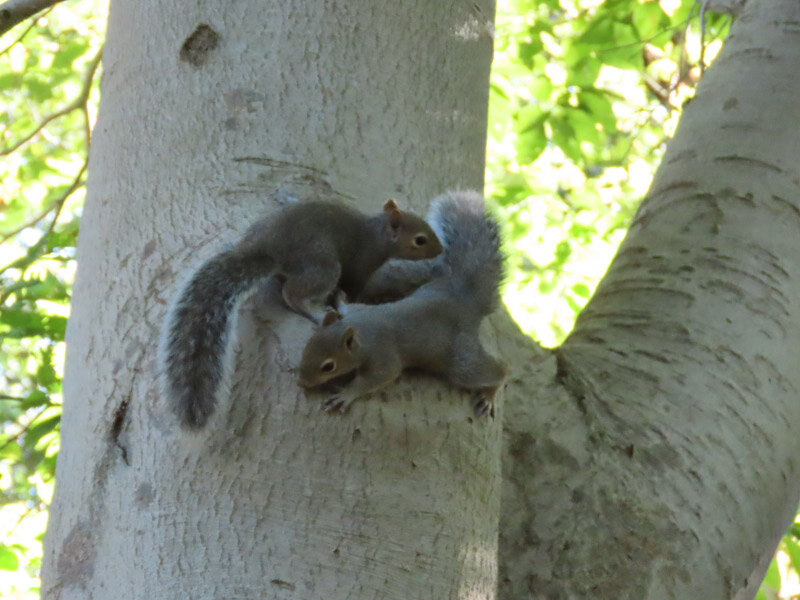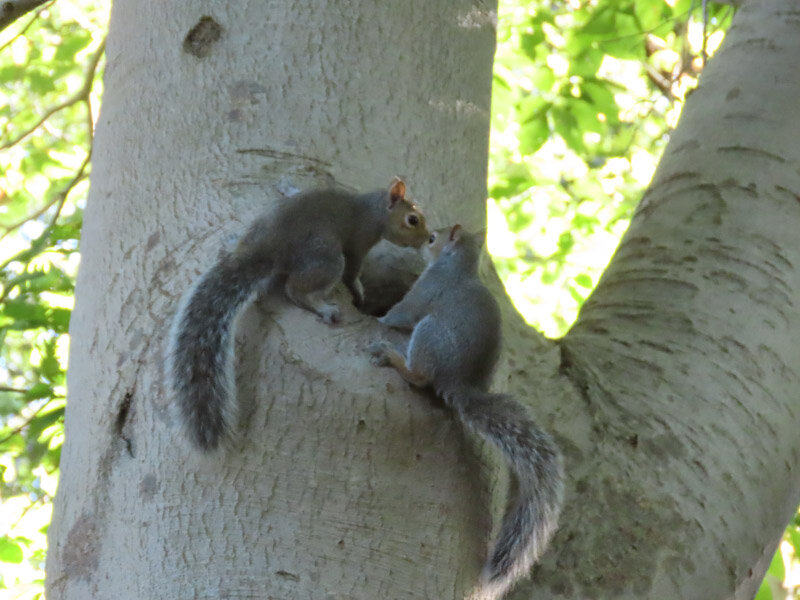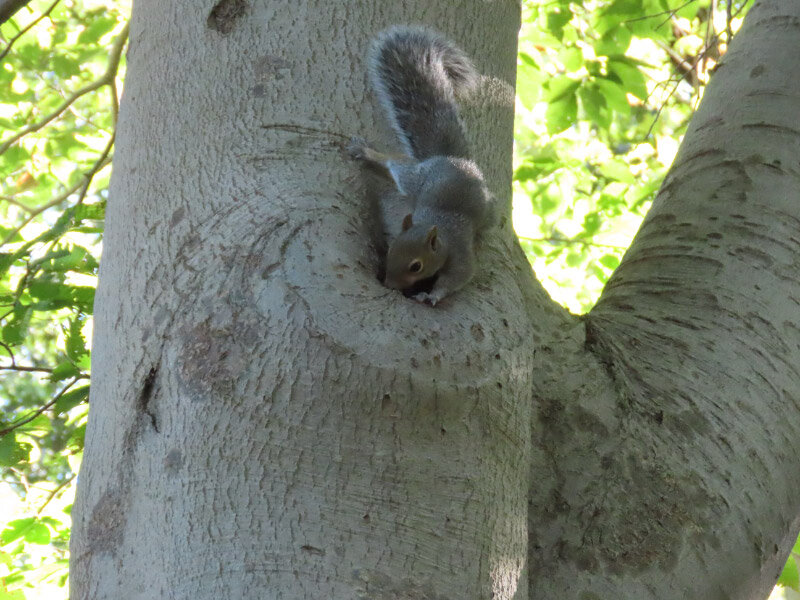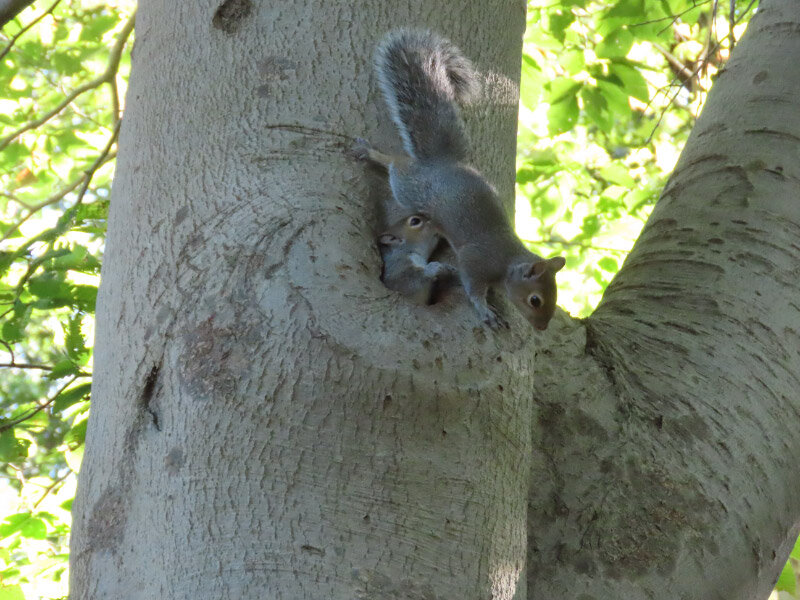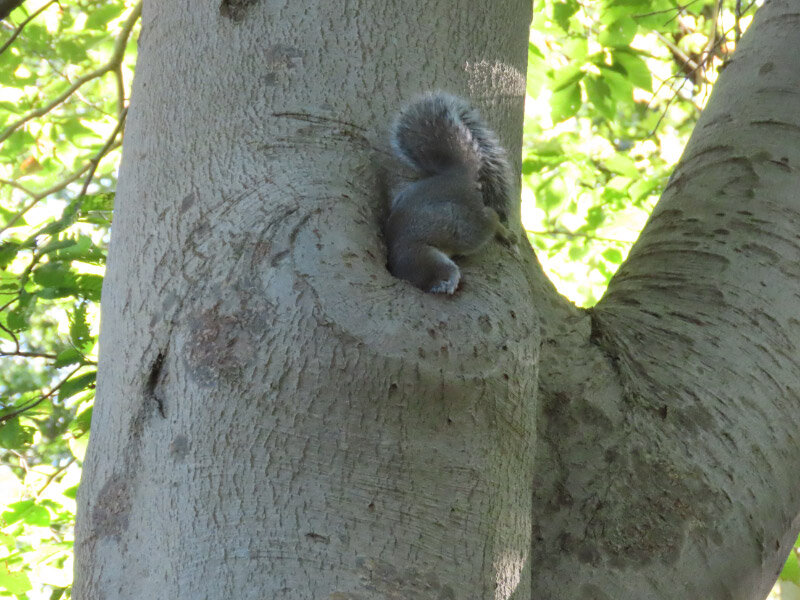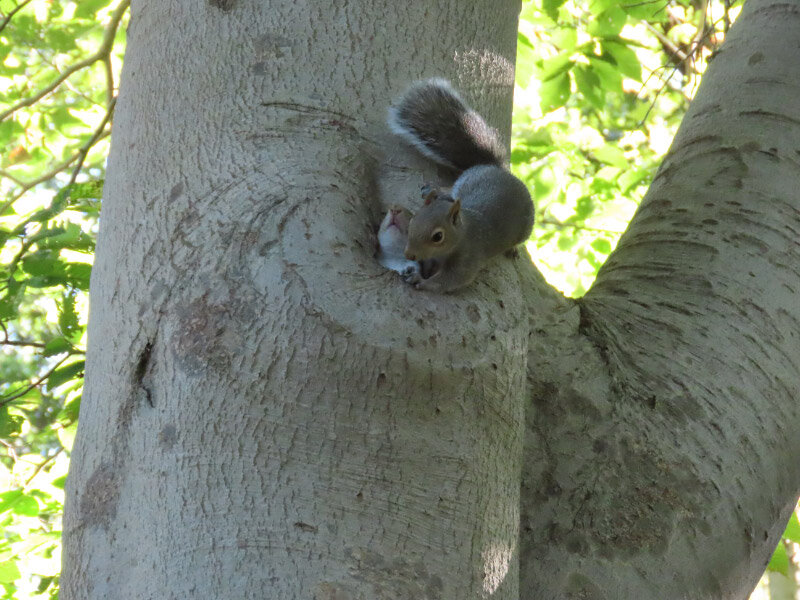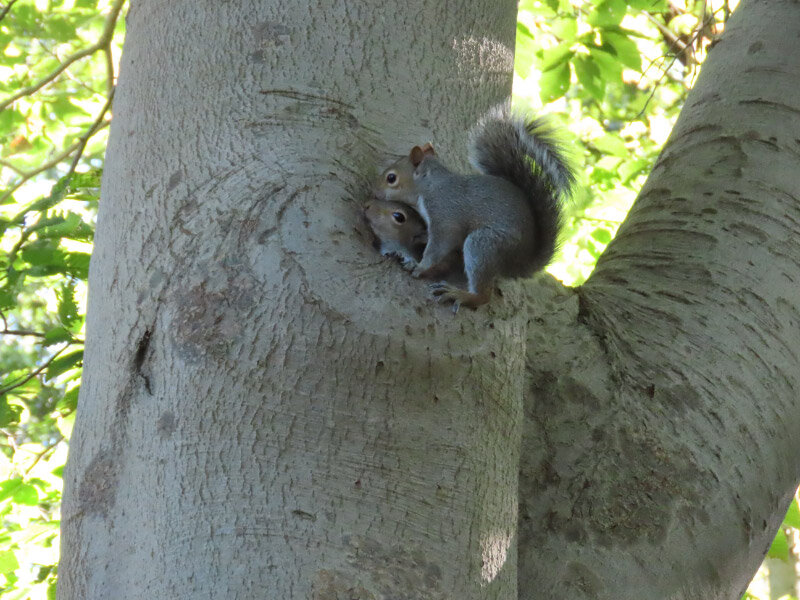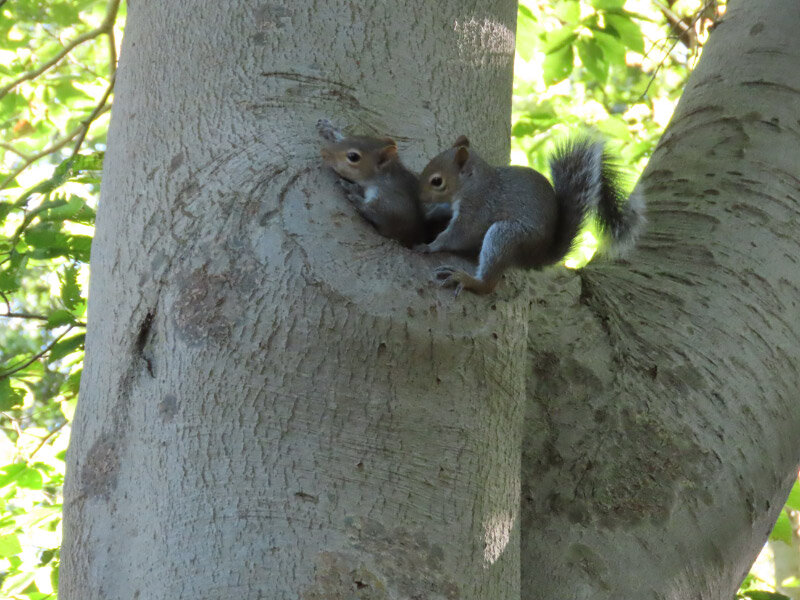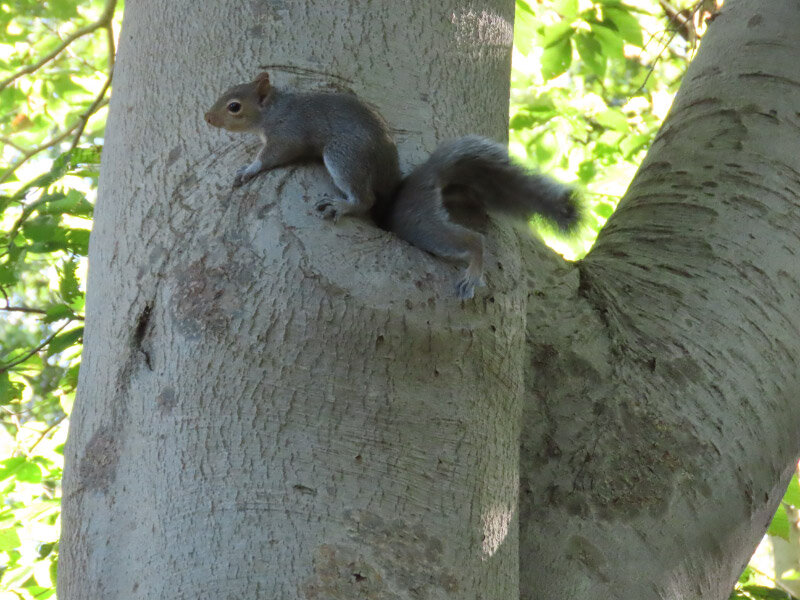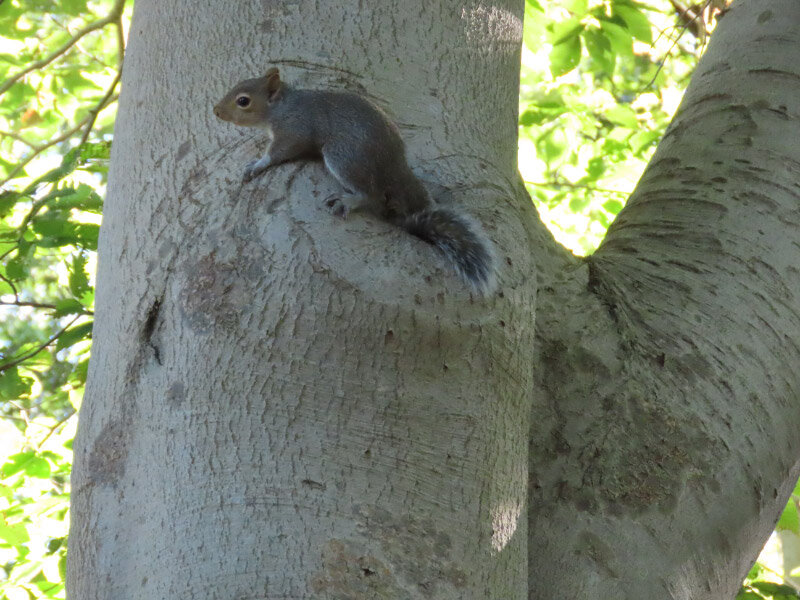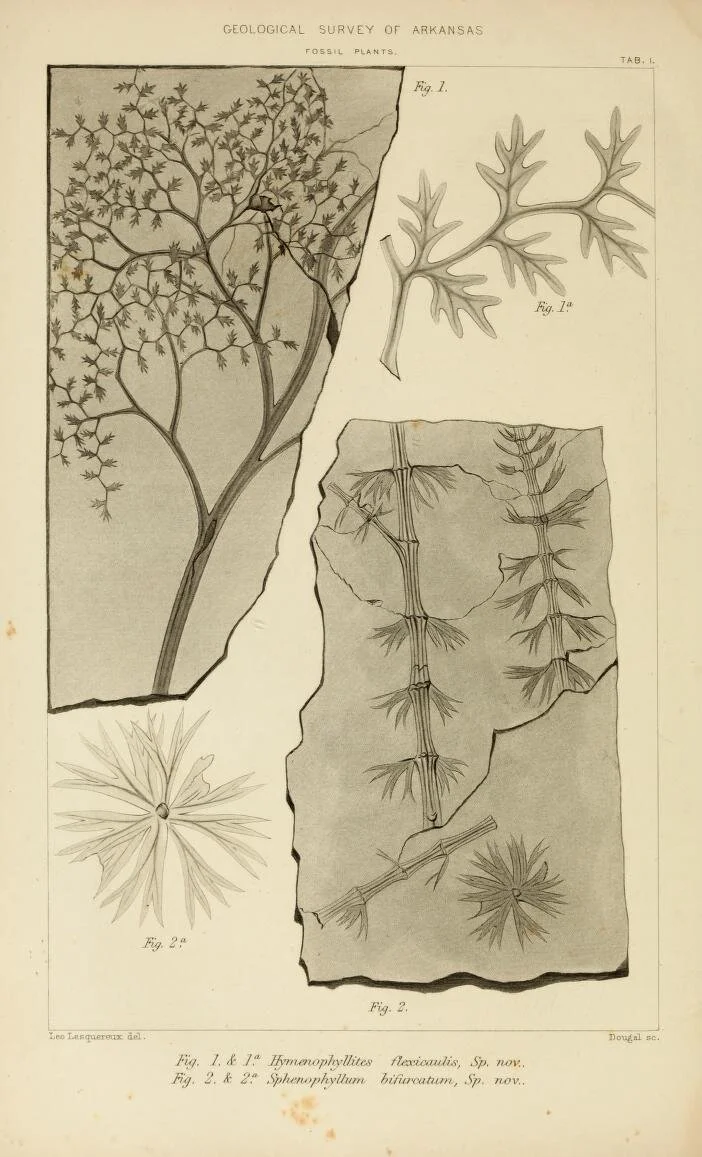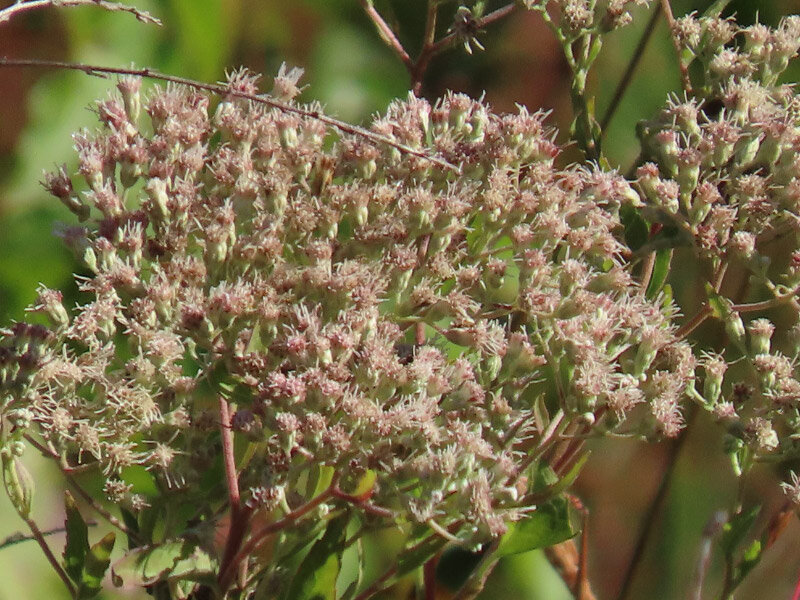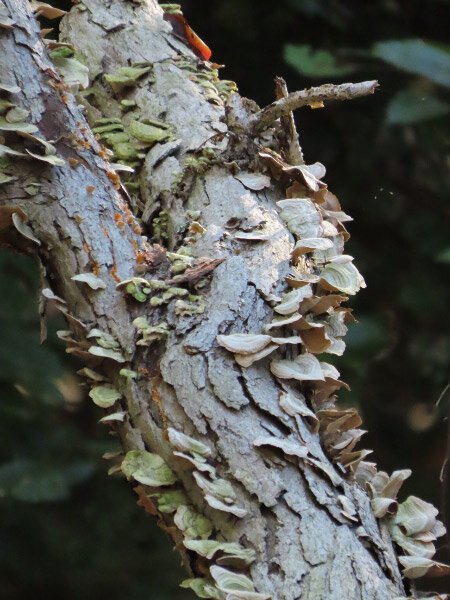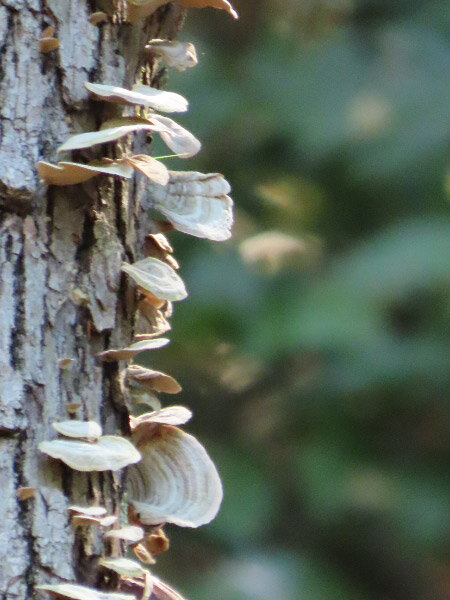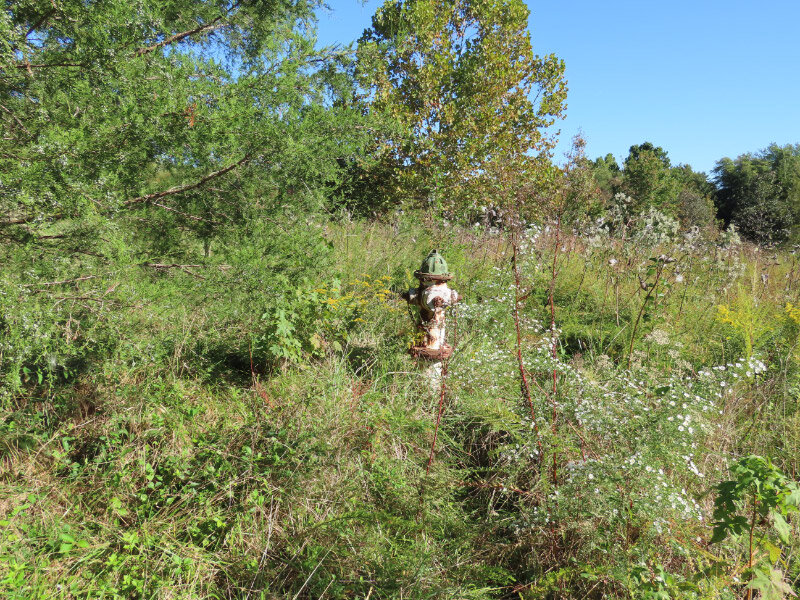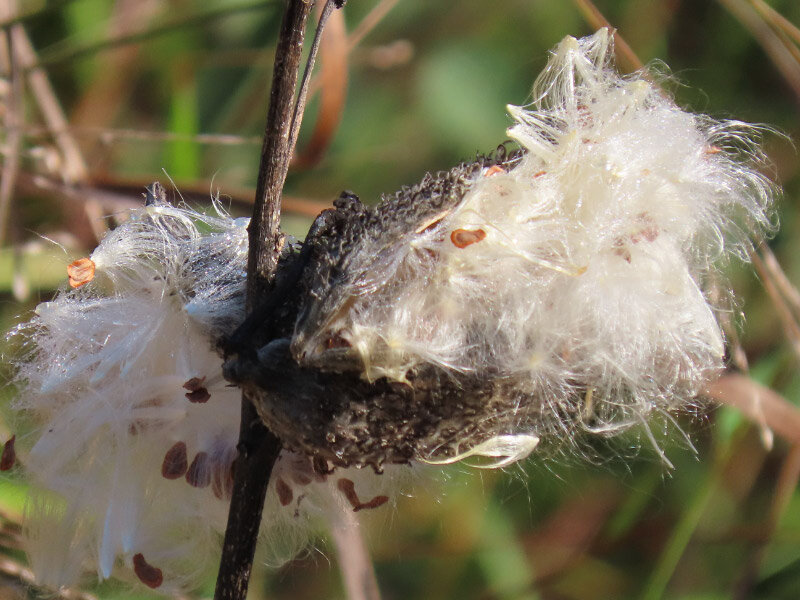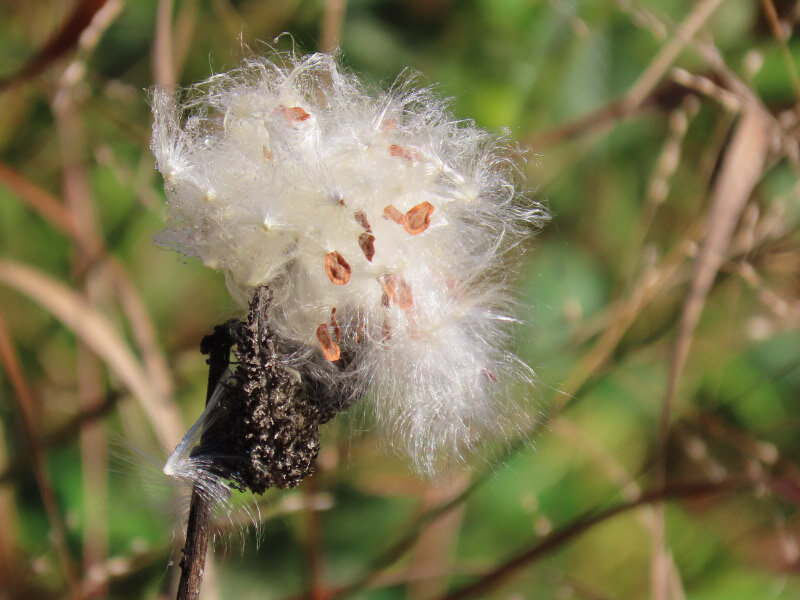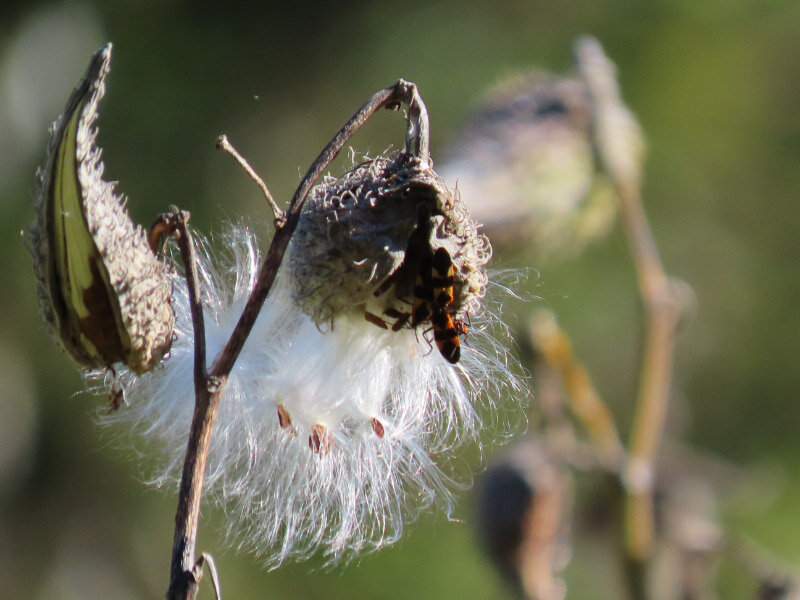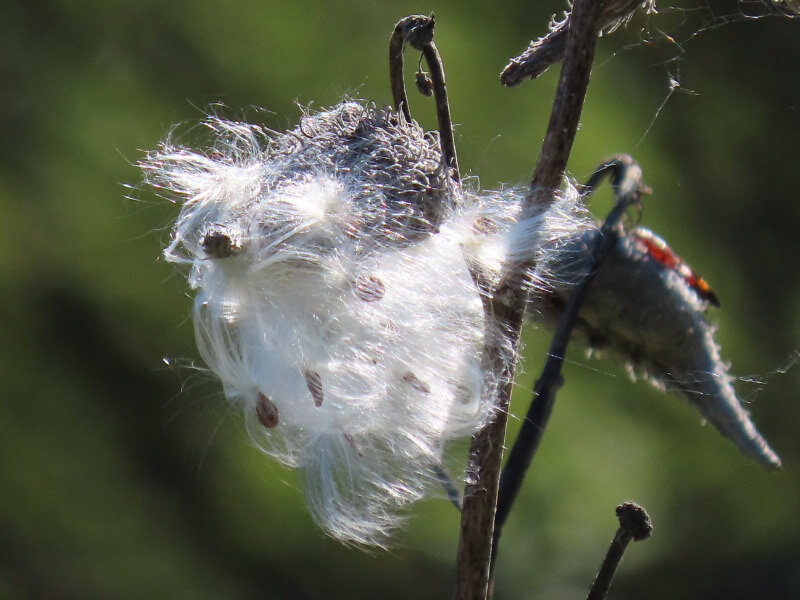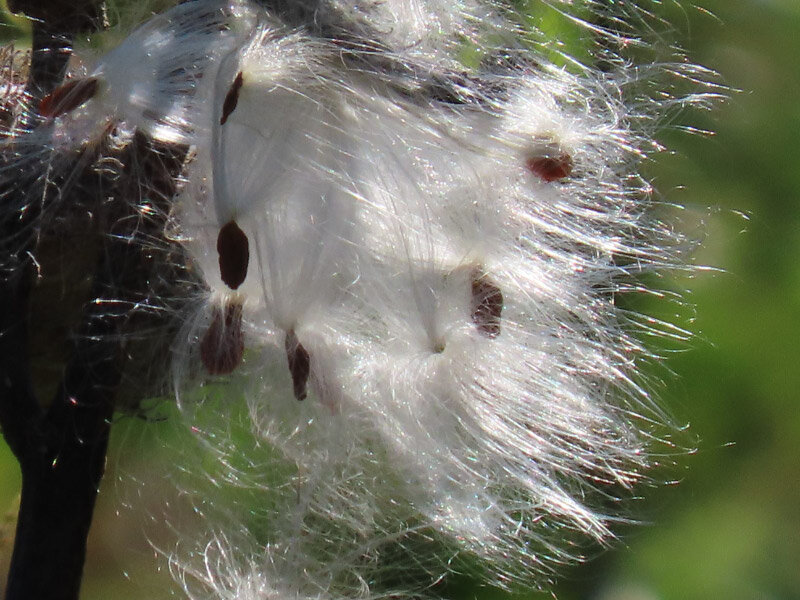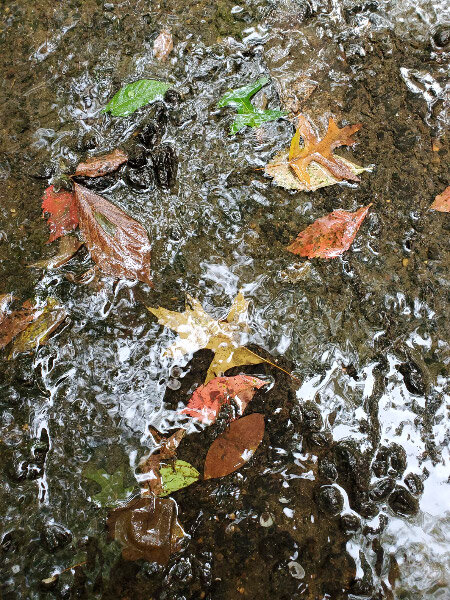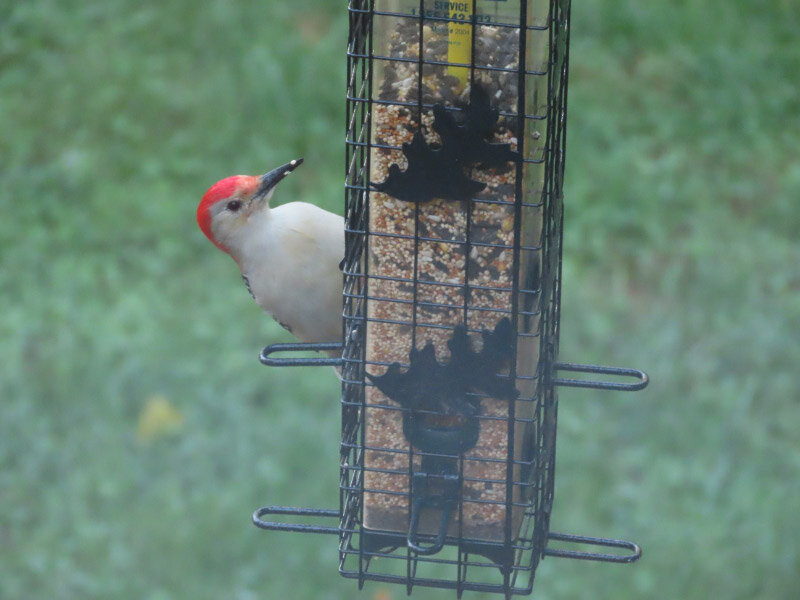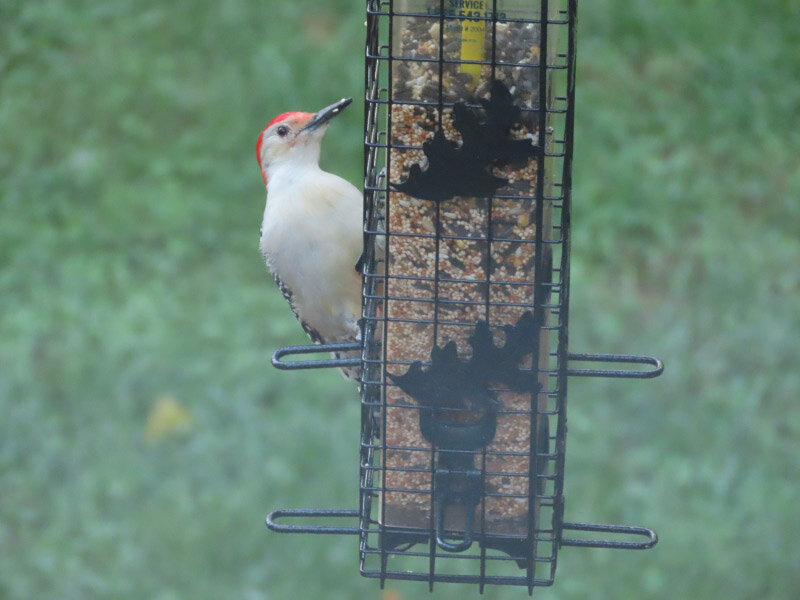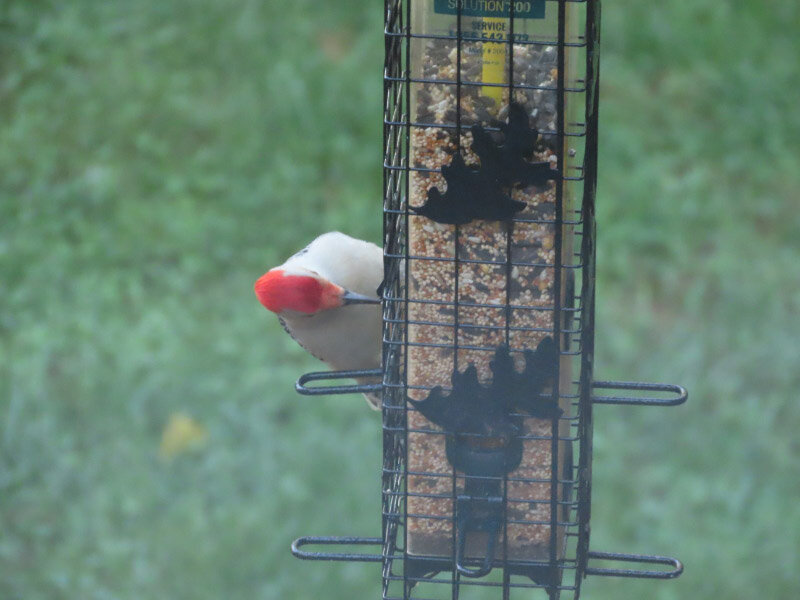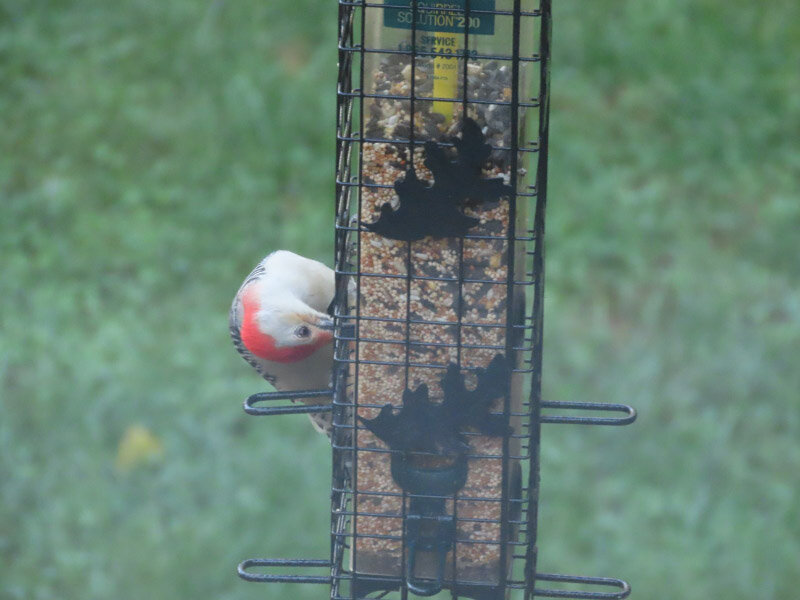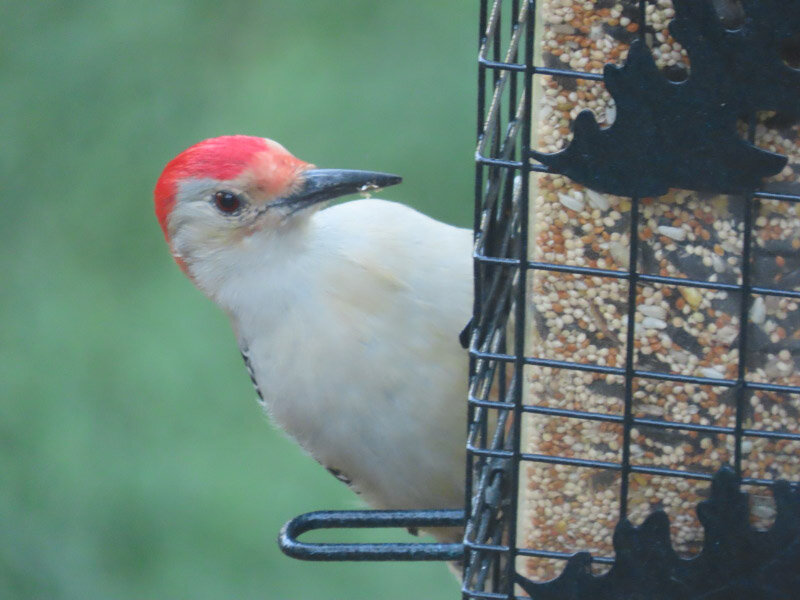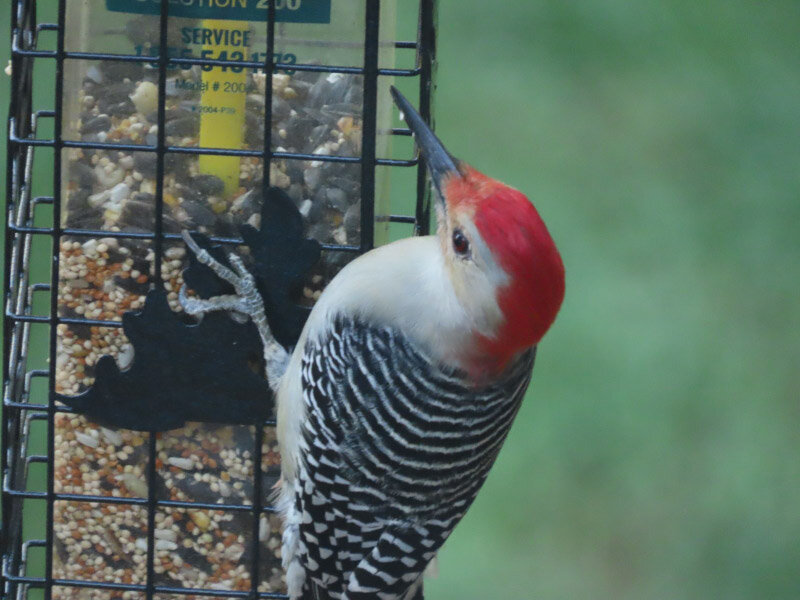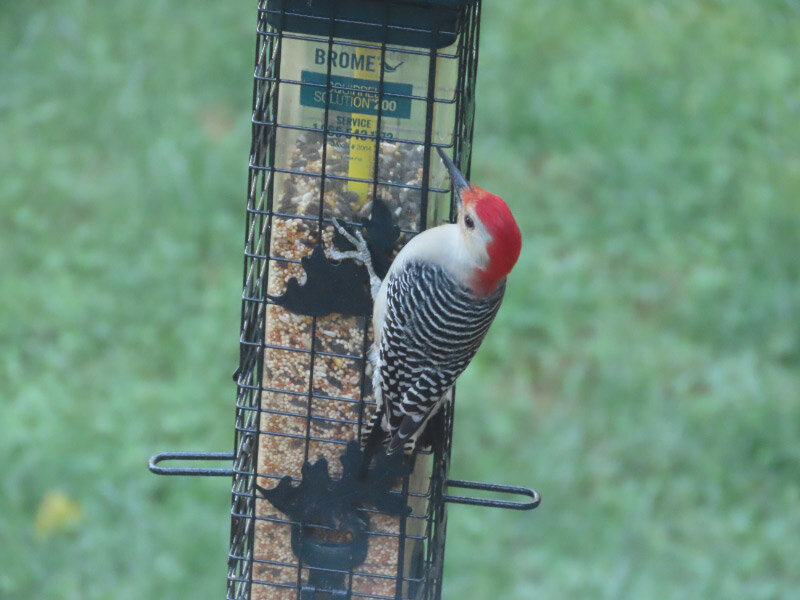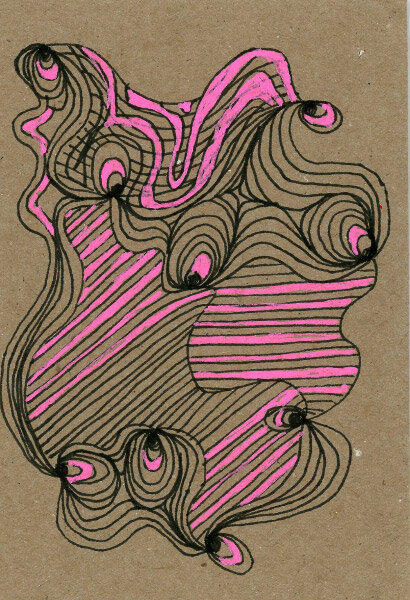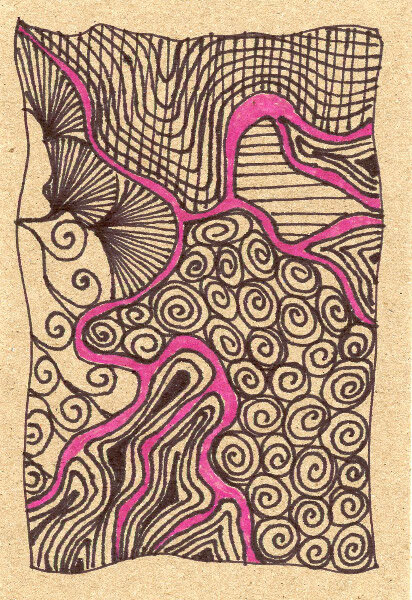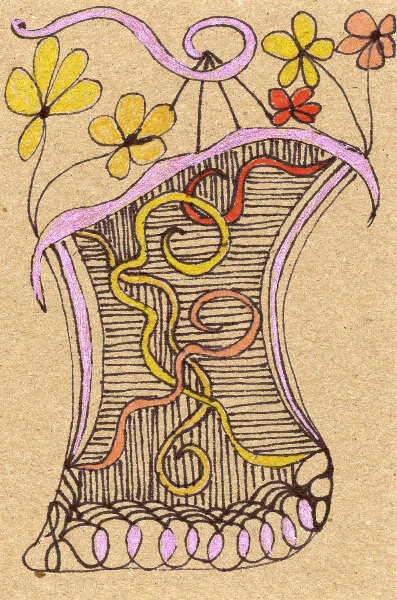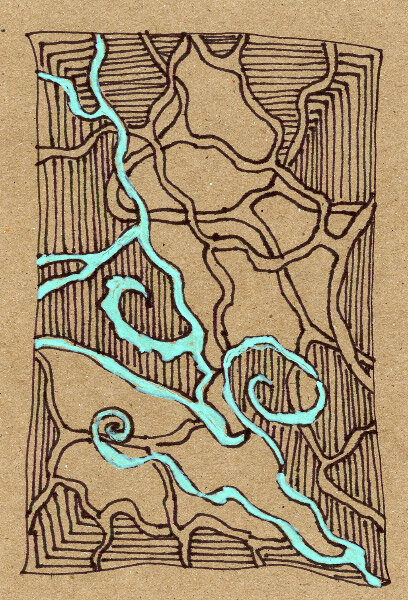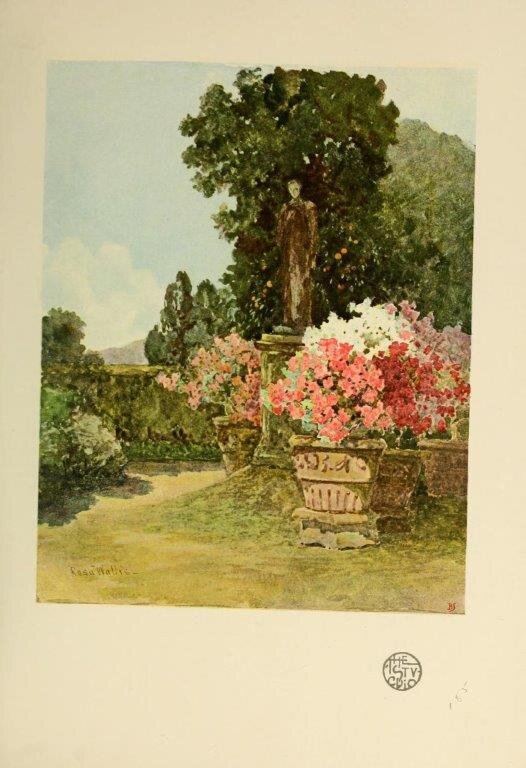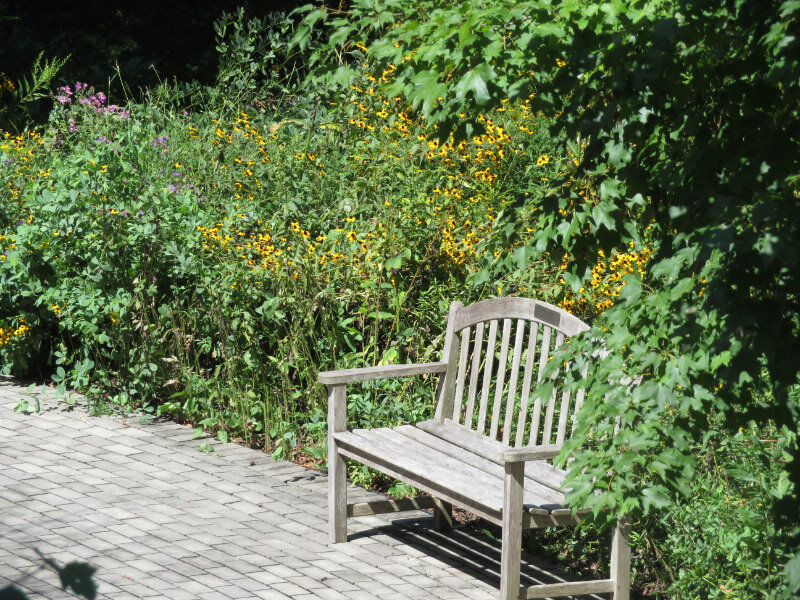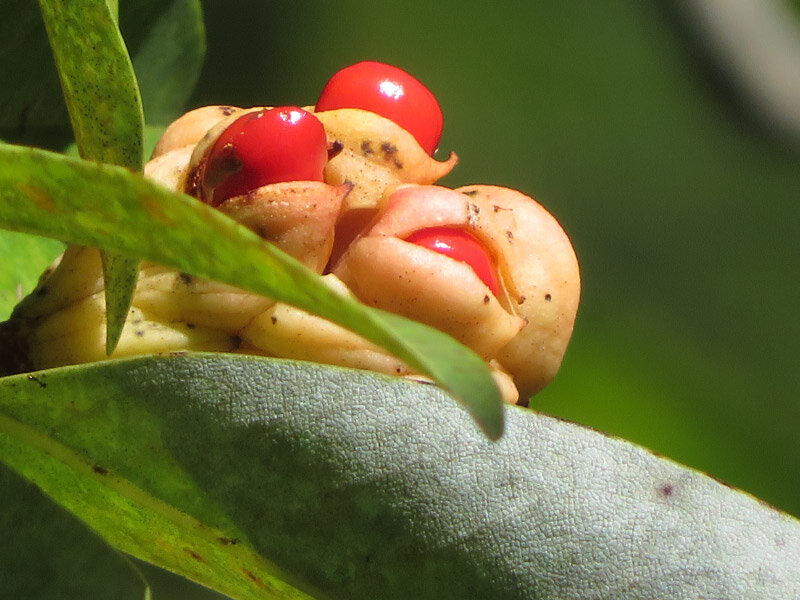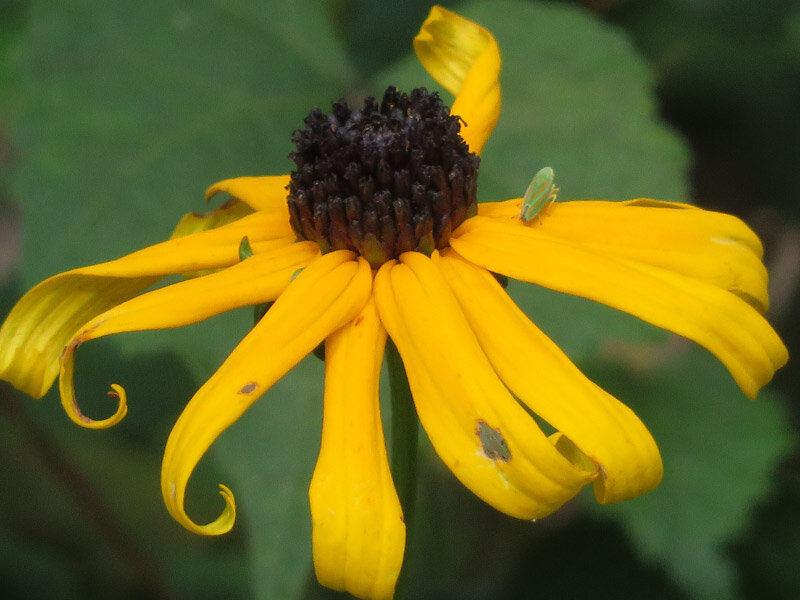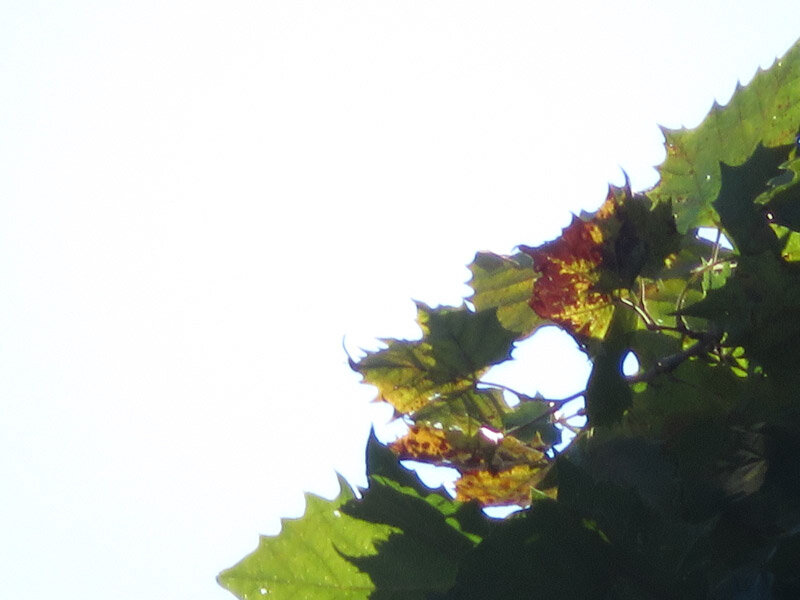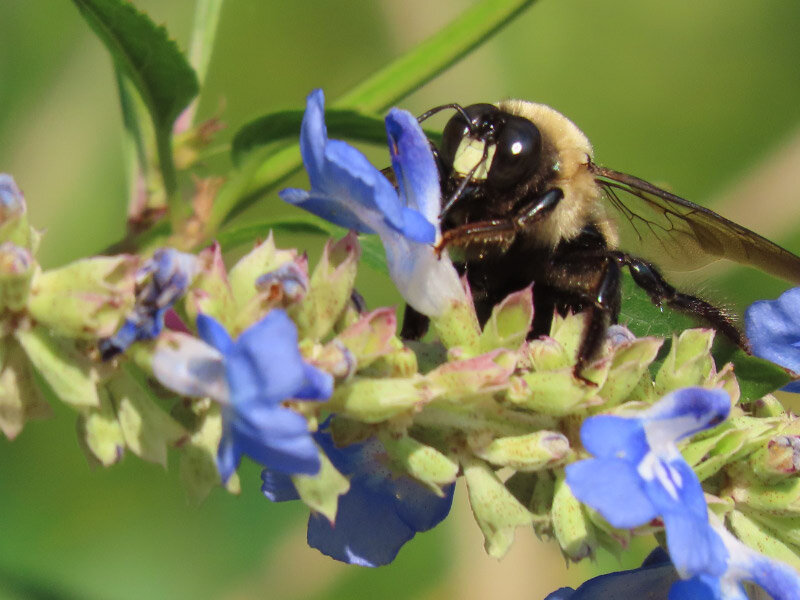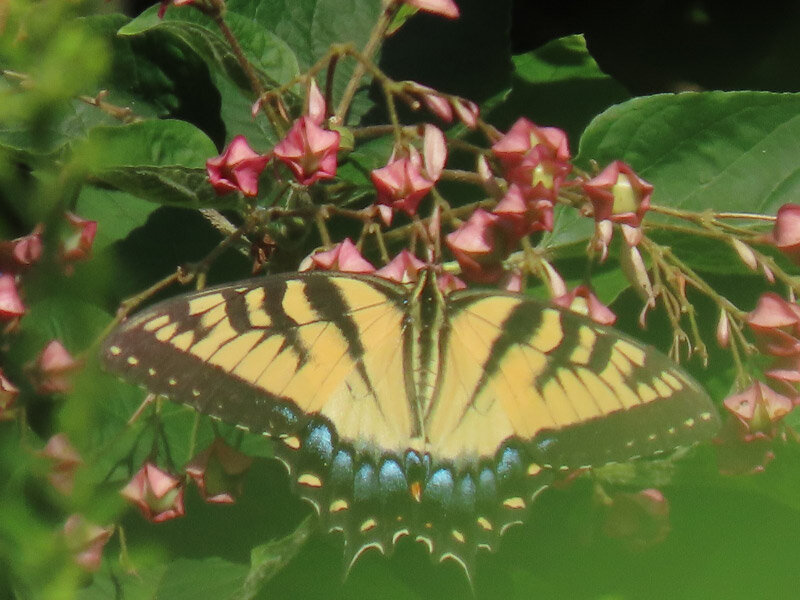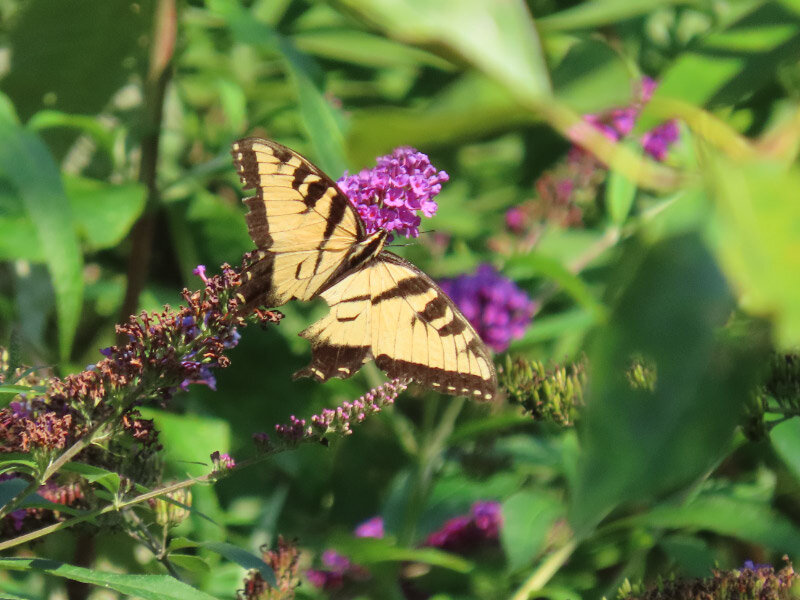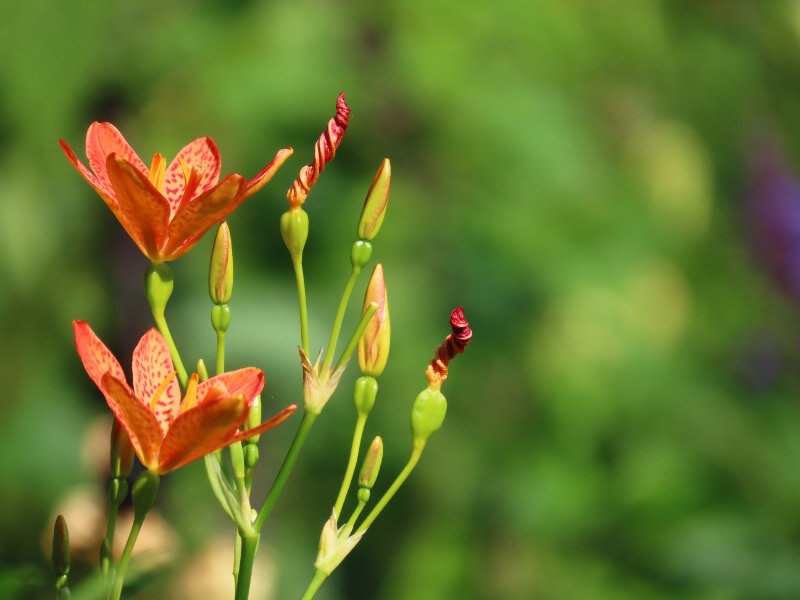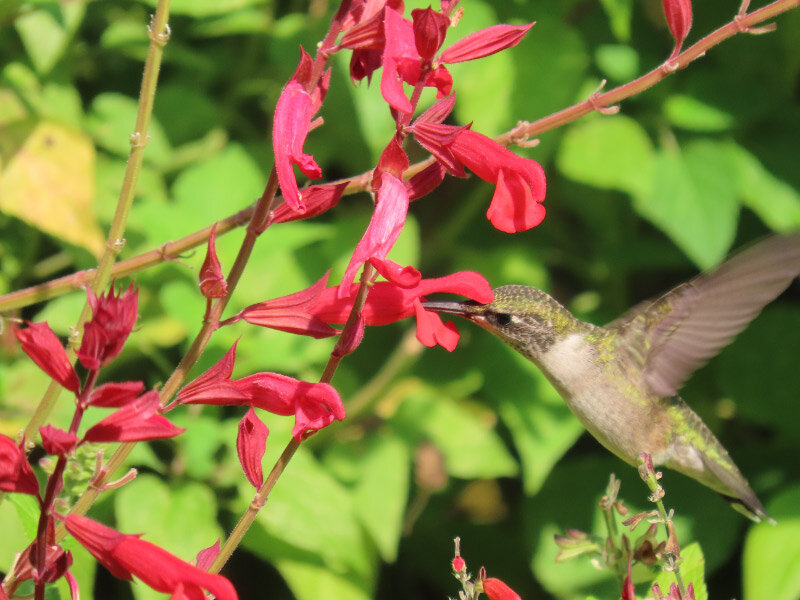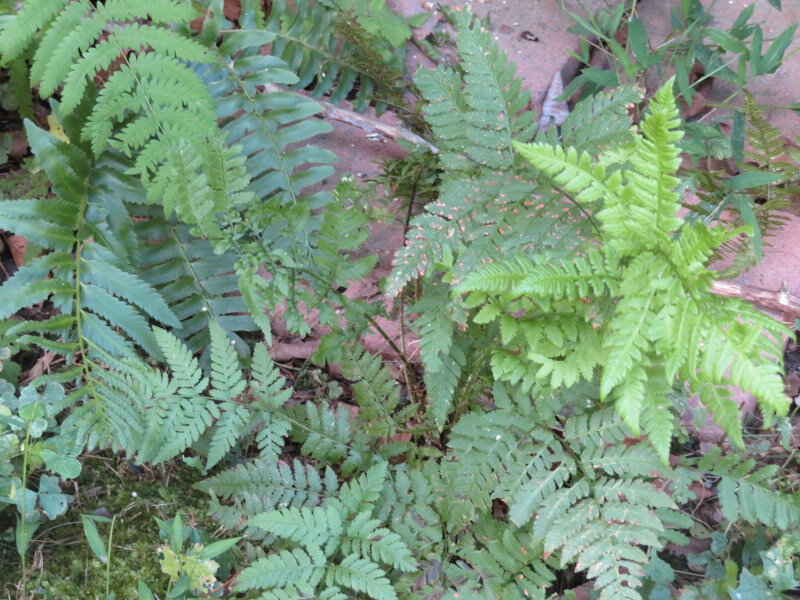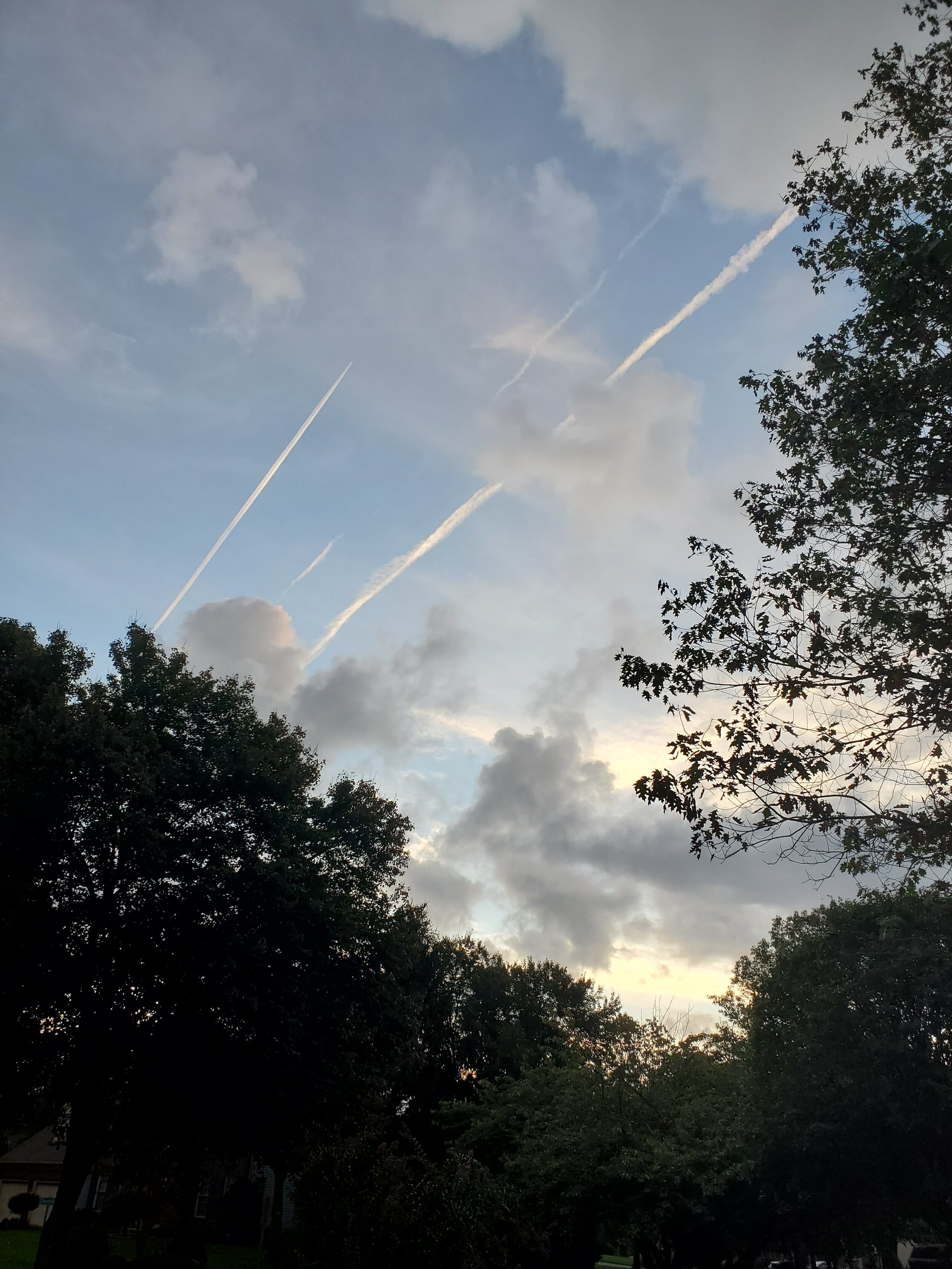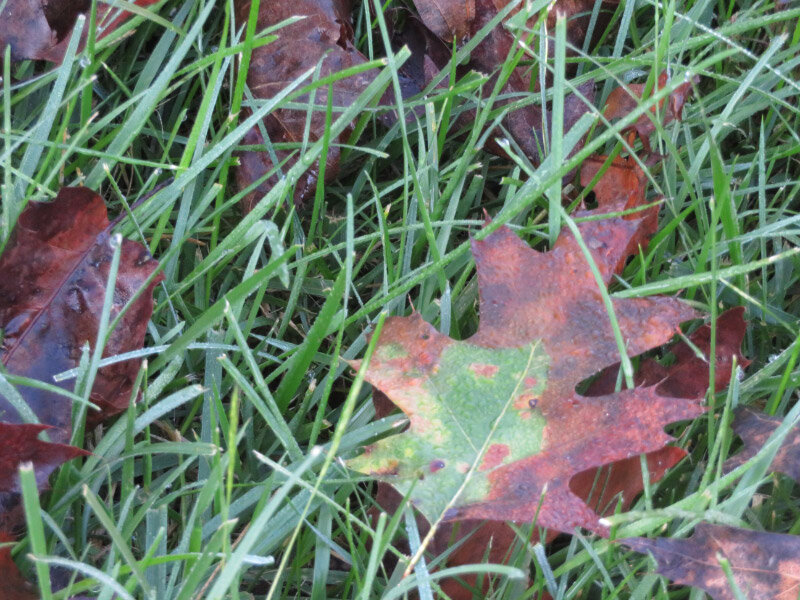19 Months in COVID-19 pandemic
/19 months into the pandemic: the wave of infections from the delta variant is beginning to decline although the US is still experiencing more than 1,000 deaths per day; vaccine mandates are beginning to come into effect; schools are in-person, sometimes finding it challenging to keep outbreaks at bay; booster shots for high-risk Pfizer recipients were approved; it appears that approval for vaccination of children under 12 may be coming soon. So – it is still problematic but there are positive trends.
I am planning another road trip to Missouri and Texas later this month – expecting the trends to continue…the situation to improve along my route from Maryland. The KF-94 masks have protected me so far and I have a good supply for the trip. My concern has shifted away from contracting Covid-19 and toward the ‘what if’ concerns along the way. My road trips so far have been without incident, but I understand that if an accident occurred that required medical attention, the hospitals along my route might be overwhelmed with COVID patients…and that at least some people are so stressed by the ongoing situation that they become angry very quickly. So – I’ll be doing my usual careful driving and limiting my interactions…keeping the interactions I do have to cheerful greetings and checking in/out of the hotel.
I have enjoyed the volunteering I’ve done this month with 6th and 9th graders. They are old enough to wear their masks as well as I do! And they seemed pleased to be in school and having a field trip experience – more so that pre-pandemic years.
The idea of future pandemics is something I have been thinking about and how we have a new dimension of inequality: people that are vaccinated and people that are not. Most of the people dying from COVID-19 now are unvaccinated. And some percentage of people will recover from the initial infection but with long term health issues that will have health and economic impacts on the individuals and the country. Will that happen with other diseases that are prevented – or made milder – with vaccines: measles, chickenpox, mumps, shingles, pneumonia, whopping cough, tetanus, diphtheria, etc.? Some of those diseases might not kill people but there are sometimes long-term health issues that are expensive to treat and a continuing burden on our health care system. However good the system becomes to quickly produce effective vaccines – it won’t help as much as it should if people refuse the shot!
Even with that concern for the long term – I am thinking positive about the trends for this pandemic and hope that many more people will shift their attention to the present and looming impact of climate change….taking aggressive action to reduce and mitigate as fast as we can.







